Hebden Bridge residents and business people gathered in St Georges Square at 9am on 12th and 13th August – the start of the grouse shooting season – to protest against the devastation of Walshaw Moor’s blanket bog and other habitats by industrial – scale grouse rearing. They then walked up to Walshaw Moor for a picnic and fun day that included checking the state of the blanket bog.
The protest and walk was called by Ban the Burn, a local group set up four years ago after the 2012 floods in Hebden Bridge, to campaign for an end to heather burning on blanket bogs, and to loopholes in Heather and grass burning regulations that permit this burning.
Keith Wilson, a Ban the Burn spokesperson, explained to the protestors:
“When we walk up on Walshaw Moor, you’ll see that Natural England has allowed the land owner Richard Banniser to get away with constructing tracks, ditches and shooting butts; burning heather on blanket bog; and using traps and snares to destroy wildlife that competes with grouse and their chicks. This is all so that he can use Walshaw Moor for industrial scale grouse shooting.
But reliable scientific evidence shows that burning heather on Walshaw Moor damages the blanket bog and the rest of the moorland, even though it’s protected as a Site of Special Scientific Interest and has every other possible protection on top of that.
Why is Natural England allowing him to do these things? They cause biodiversity loss and increase climate change, through exposing the peat to the air – where it oxidises into carbon dioxide and also erodes and washes away to discolour the water in the reservoirs, that Yorkshire Water makes us pay for cleaning up.
Academic studies show that heather burning damages the peat structure in ways that cause significantly increased peak flows in Hebden Water during the worst rainstorms. This has worsened the floods in the town, and further down the valley.”
Some households and businesses have still not recovered from the terrible Boxing Day flood last year. Jake Kirkwood, one of the owners of Hebden Bridge Bookcase, said,
“The management of the uplands affects the valley – our business was severely flooded. Changing the upland management won’t stop floods, but it will alleviate them and reducing the peak flow would have made a lot of difference.”
Jenny Shepherd, also from Ban the Burn, gave an update on the campaign’s complaint to the EU Commission about the UK government’s failure to uphold the strong EU environmental protections on Walshaw Moor Estate.
Jenny said,
“On April 29th the EU Commission took the first step in legal proceedings against the UK government, but we’ve heard that the government has so far not responded, although they were meant to within two months.
After the Brexit vote, we heard from Linda McAvan, the Yorkshire and Humber MEP who has been chasing this in Brussels, that she wasn’t sure if the EU Commission would continue with our complaint. But we have just heard that the EU Commission is still pursuing it.”
The group enjoyed the walk up to the blanket bog on Heather Hill.
They also found it very informative. A Hebden Bridge resident, who doesn’t want to be named, said
“I live in the bottom of the valley so was really affected by the flooding. I went on the first Ban the Burn walk four years ago, so I’m really interested to see if anything has changed on the moor since then.”
Once up on Heather Hill, it was clear that Walshaw Moor Estate has carried out some restoration since 2012. Grips on the blanket bog have been blocked with peat dams and the peat is re-wetting.
Lower down on Walshaw Moor, molinia grass has been cut or killed with herbicide – hard to tell which, from looking – and this has allowed a variety of plant species to grow through, including a few small clumps of sphagnum (not visible in the photo below).
But big patches of the Heather Hill blanket bog, which had been freshly burned when Ban the Burn were there four years ago, were still bare peat. There were a few patches of sphagnum struggling to survive, with only a few green shots and the rest withered and dying.
Below is a photo of healthy sphagnum (not on Walshaw Moor):
On the way to Heather Hill, protestors saw that the tracks cut into the hillside – made of peat that has built up over hundreds, and in places thousands, of years – are causing the peat to dry out, when it oxidises into carbon dioxide that worsens climate change, before cracking and washing away.
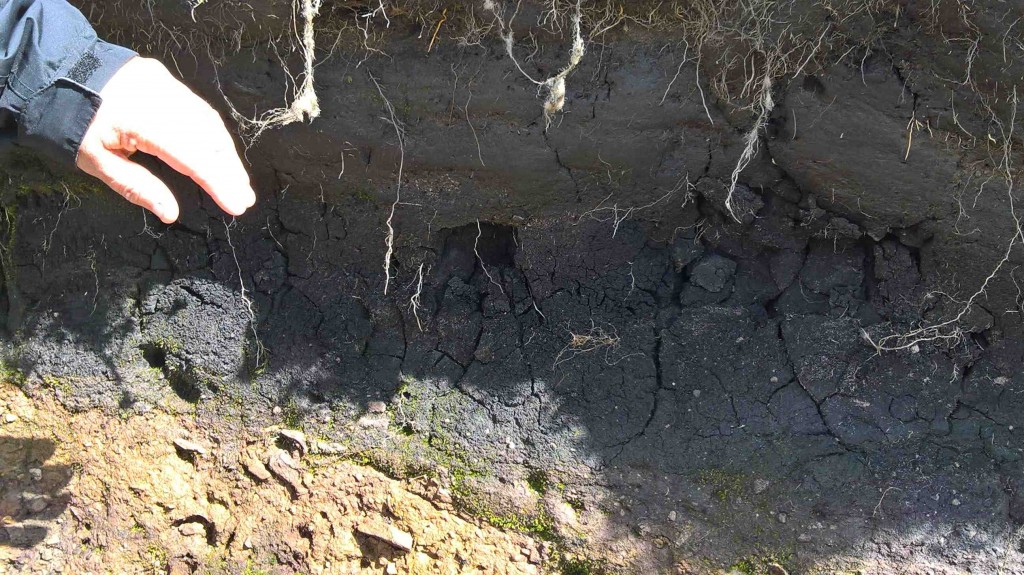 The damage to the peatland that protestors saw on the walk is at odds with the Moorland Association’s statement to BBC Look North – who reported on the protest – that the grouse moor owners are restoring the uplands effectively and that “we are all in it together,” in terms of restoring the blanket bogs and uplands and so reducing flood risks.
The damage to the peatland that protestors saw on the walk is at odds with the Moorland Association’s statement to BBC Look North – who reported on the protest – that the grouse moor owners are restoring the uplands effectively and that “we are all in it together,” in terms of restoring the blanket bogs and uplands and so reducing flood risks.
A local resident who didn’t want to be named said.
“So much of that land that is supposed to be protected, isn’t protected. The powers that be are just allowing the land owners to flout the law. It just shows the way things are.
The Moorland Association is just a mouthpiece for the grouse moor owners. They’re essentially a PR company, with big money behind it. You can’t believe what they say. They don’t have any qualms about misrepresenting the facts.”
Bri Leecy, a keen Hebden Bridge bird watcher, said,
“ It’s just the sheer intensity of burning off heather since 2002 when Richard Bannister took over the estate. Pre 2002 there were 100 brace of grouse on Walshaw Moor Estate, which has gone to 3000, which speaks for itself.
In the 25 years I’ve been going up there, Hen Harriers have never nested – they roost but they’ve never nested. This is due to persecution.”
Confirming the biodiversity loss that’s resulted from intensification of grouse rearing, a Heptonstall resident who didn’t want to be named said,
“We used to see stoat, weasel, hen harriers, buzzards regularly. Peregrines, short eared owls.
We’ve noticed the decline in species over the last few years. Now it’s not unusual to go up there and see nothing.”
Although Ban the Burn does not campaign for a ban on driven grouse shooting, they were happy for members of the walk to share the link to the petition calling for this. Keith Wilson said,
“If it wasn’t for driven grouse shooting, none of these bad upland management practices would be happening. They are all about rearing grouse and making it easy for grouse shooters to shoot them.”
The petition has now reached 100K signatures, which requires the government to consider debating it in Parliament. Calder Valley constituency has more signatories to the petition than anywhere else in the UK. Many will be calling on Craig Whittaker MP to attend and take part in the House of Commons debate. If you want an answer, write a snail mail letter – our MP doesn’t reply to emails, but he is obliged to reply to letters.

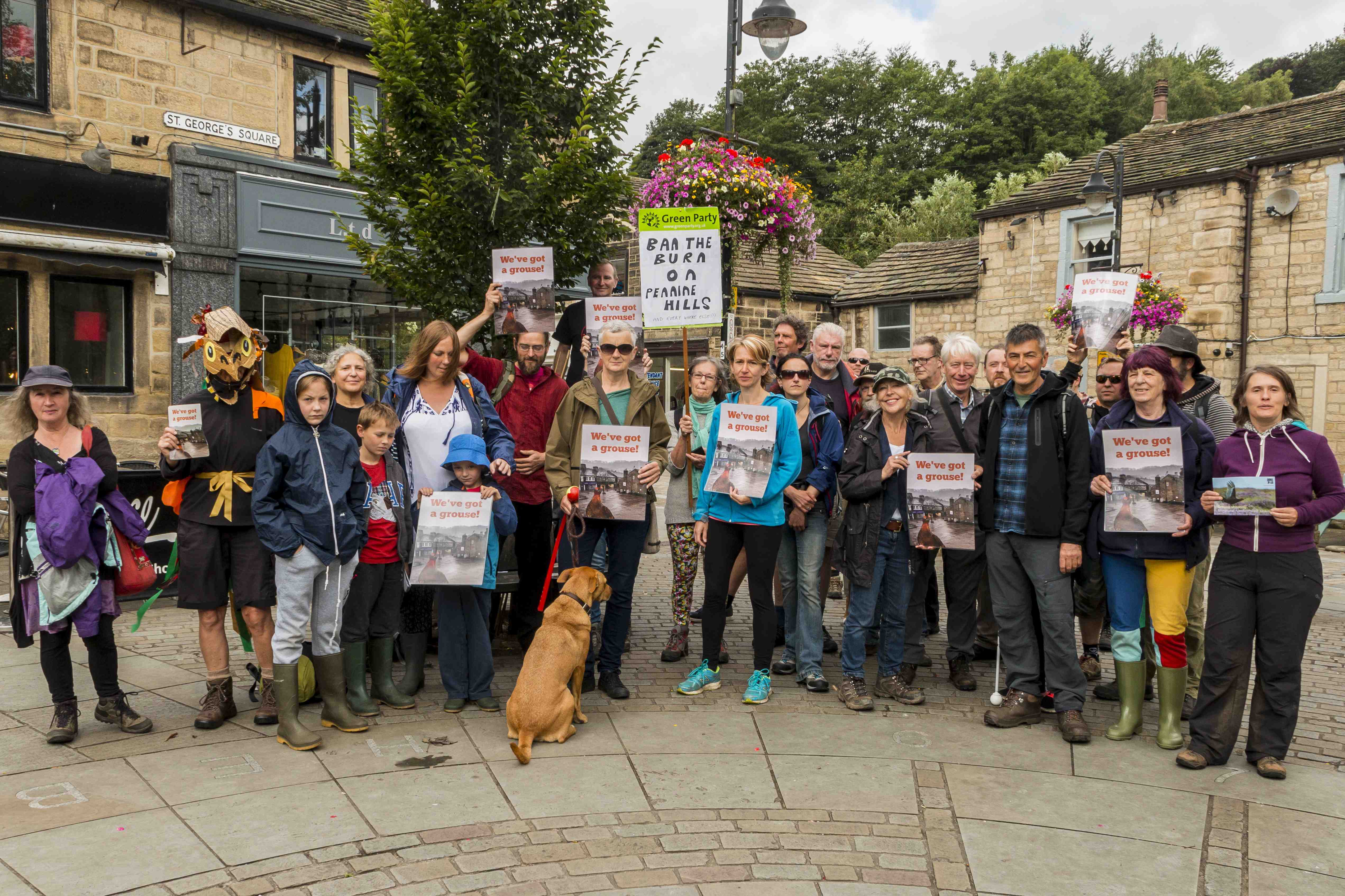

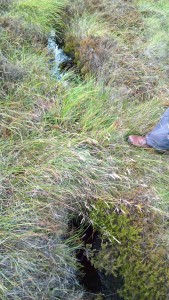
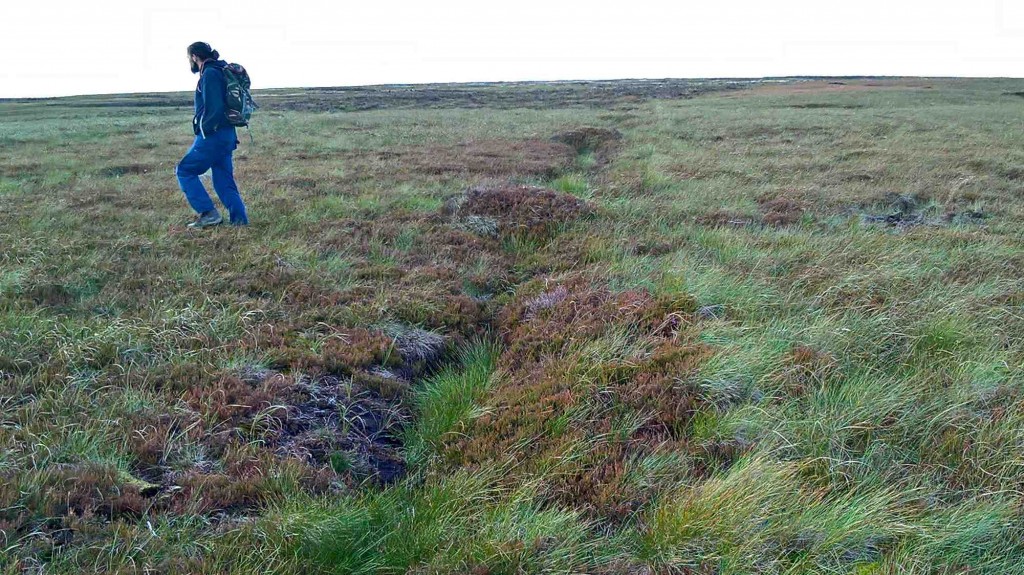
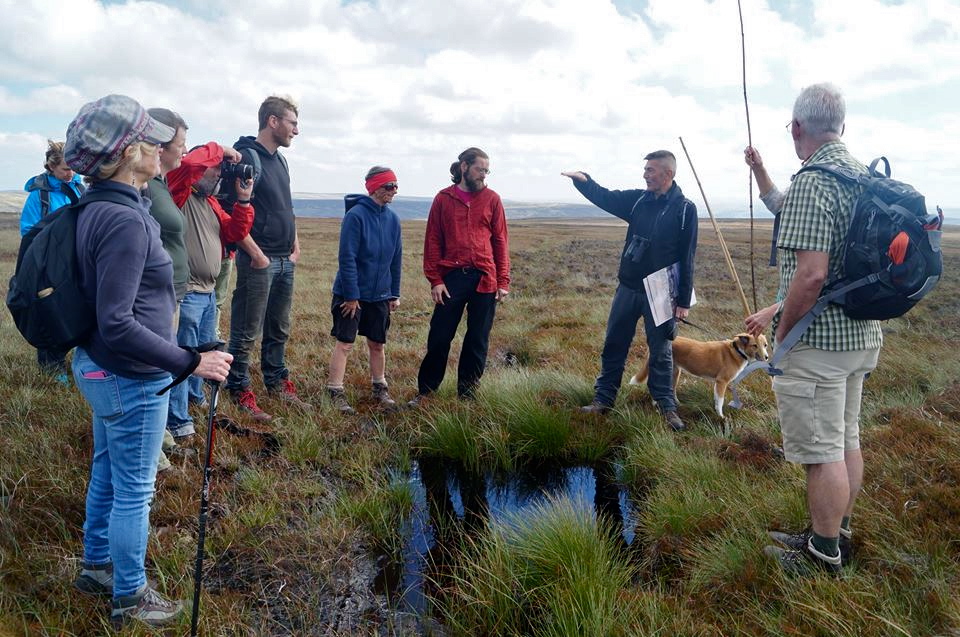
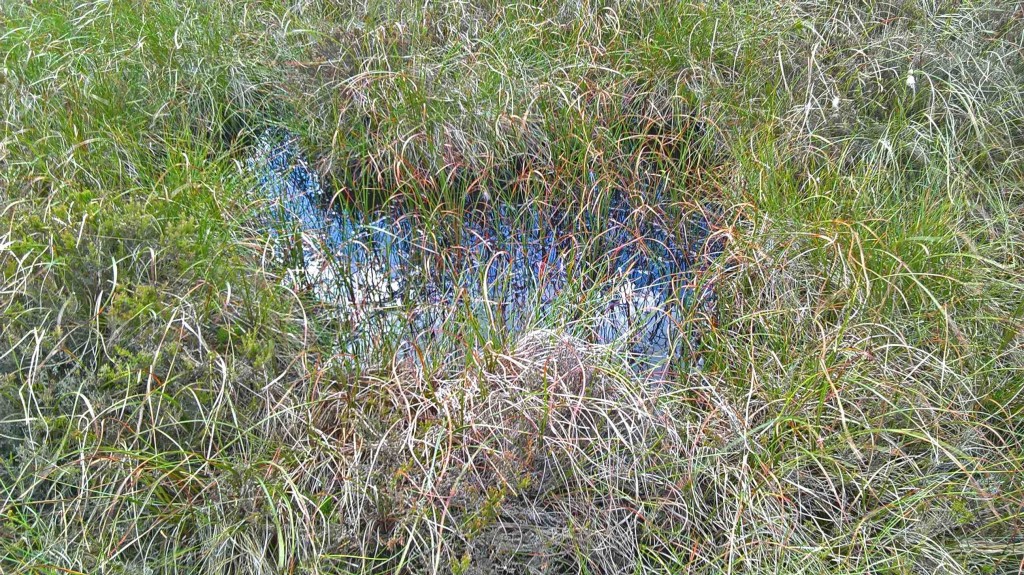
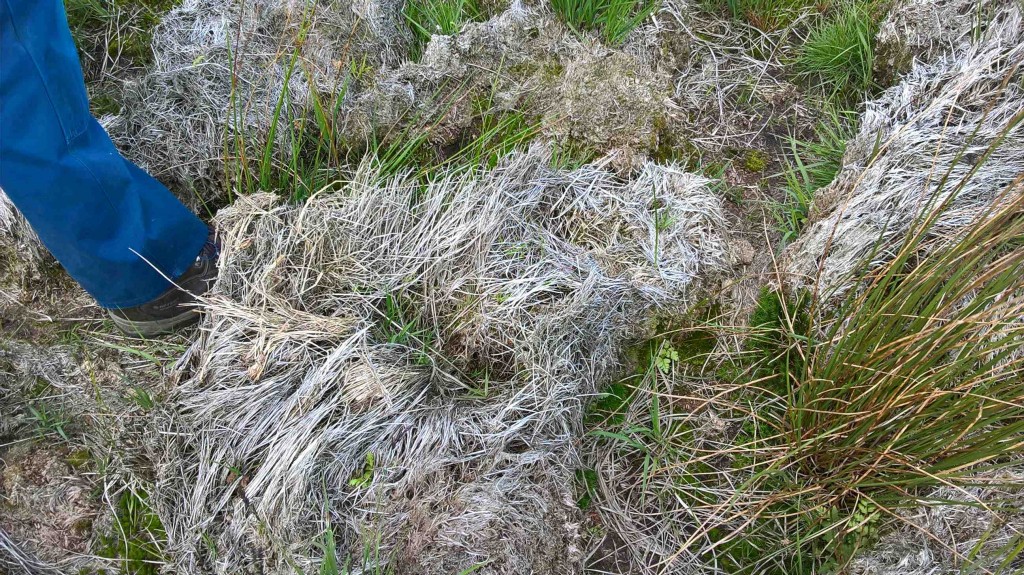


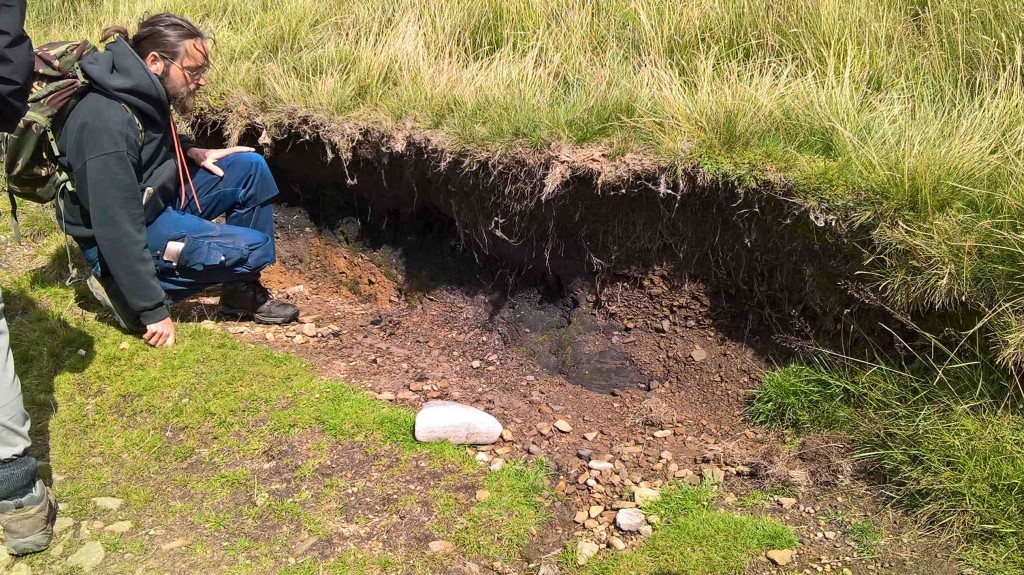
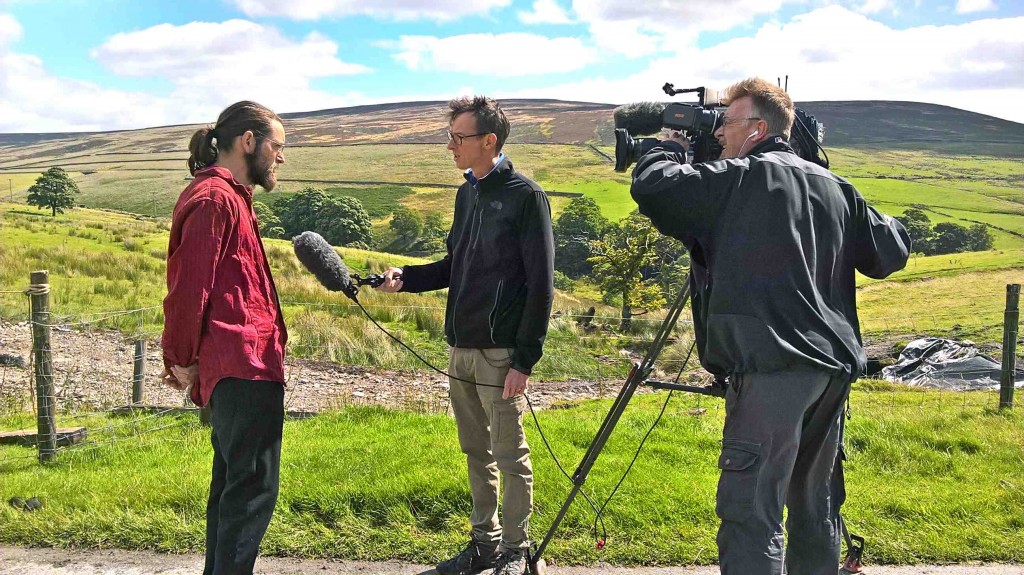


Pingback: Walshaw Moor biodiversity walk 30th June Heather Hill – Save And Restore Walshaw Moor
Pingback: Walshaw Moor biodiversity – what’s there? And what should be there? – Save And Restore Walshaw Moor
Pingback: Will Natural England and Defra protect Walshaw Moor from biodiversity loss caused by the proposed wind farm? – Save And Restore Walshaw Moor
Pingback: Muirburn: still generating more heat than light? – Natural storytelling
Pingback: Hebden Bridge - Mark AveryMark Avery